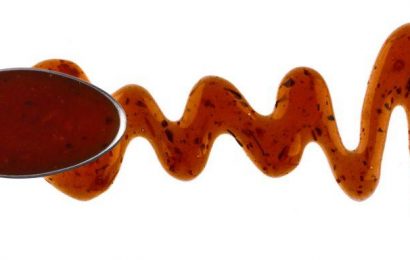Q. I have Type 2 diabetes and I enjoy eating spicy food. However, I want to make sure I am eating only things that are good for me. Is it OK for me to eat chili powder, curry powder, and hot peppers?
A. Peppers are a hot topic! They are rich in vitamin C, potassium, and phytonutrients, which help reduce inflammation and protect cells from damage. In addition to adding variety to meals, using peppers and curry powder in cooking provides full-flavored seasoning without using excess salt. Even better, research suggests that there may be health benefits specific to diabetes for the active ingredients in both curry and chili peppers.
A major ingredient in most curry powders is the spice turmeric, which contains the active ingredient curcumin. Clinical research has suggested that curcumin may reduce inflammation and protect cells from oxidative damage. These health benefits may protect beta cells, the cells in the pancreas that release the hormone insulin.
One research study including 240 subjects with prediabetes treated one group with curcumin supplements and another with a placebo for nine months. The study showed that significantly fewer individuals in the group treated with curcumin eventually developed Type 2 diabetes. While these results are promising, it is important to note that the group who took curcumin also lost weight during the study. Moderate weight loss (5% to 7% of body weight) is associated with a decrease in insulin resistance and improved glucose control.
There are hundreds of different types of chili peppers that vary in size, shape, color, flavor, and amount of heat. Cayenne, habanero, chipotle, jalapeño, Anaheim, and ancho are popular varieties found in most supermarkets. Ground chili peppers are used to make chili powder, cayenne powder, and paprika.
The active ingredient in chili peppers is capsaicin, which may help to regulate blood glucose levels. A 2006 study found that blood glucose levels were lower in subjects who had eaten a cayenne-containing meal. Lower blood insulin levels were also noted, especially in a subgroup that had consumed a cayenne-containing diet for a month prior to the test. This suggests that cayenne consumption may improve the sensitivity of tissues to insulin, and less insulin will be required to effectively move glucose from the blood to tissues.
So go ahead and enjoy your spicy food! Cooking with chili powder, curry, and chili peppers will add bold flavor to your meals with the added benefit of helping you manage your blood glucose.
Want to learn more about spicy foods? Read “The Hotter the Better: How Spicy Foods Can Boost Your Health,” or our eight-part series, “Spice It Up! Boosting Your Health With Herbs and Spices.”





